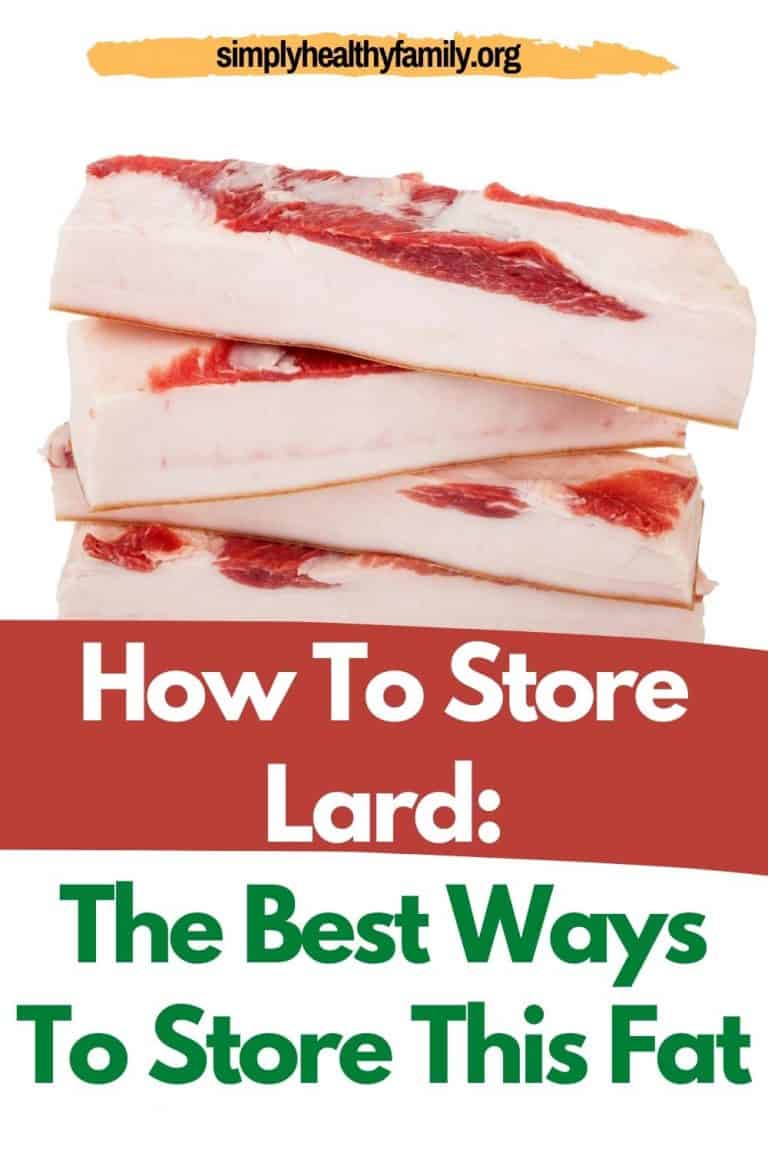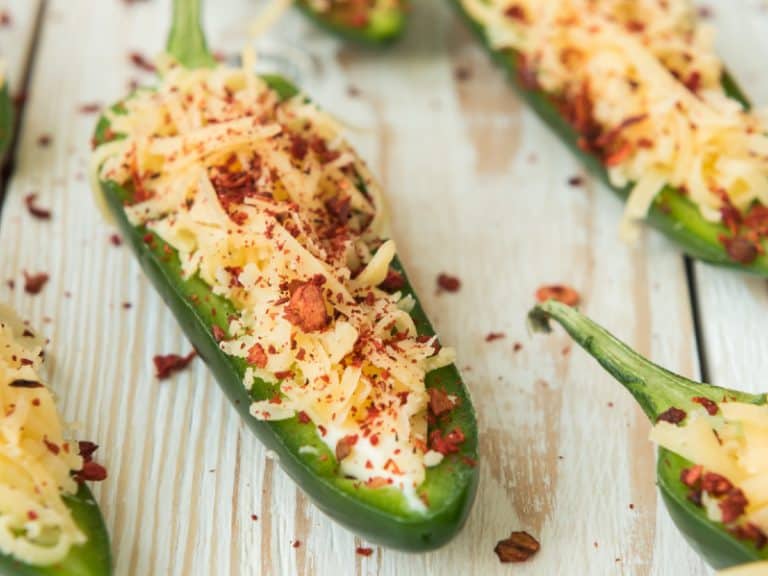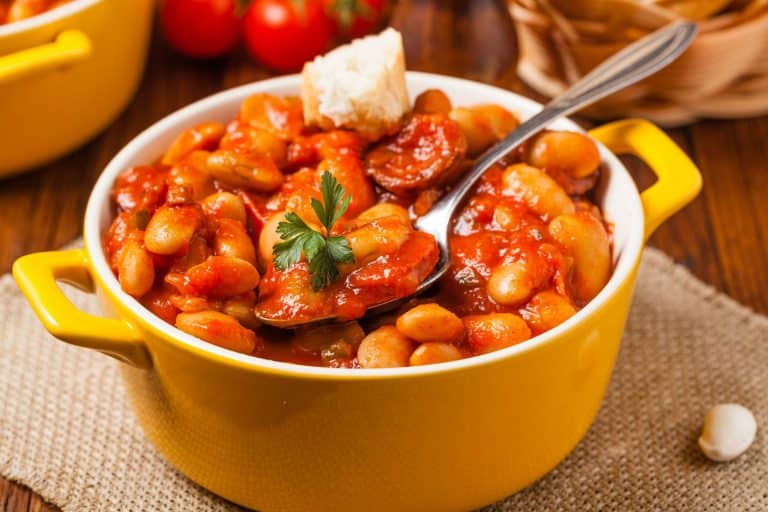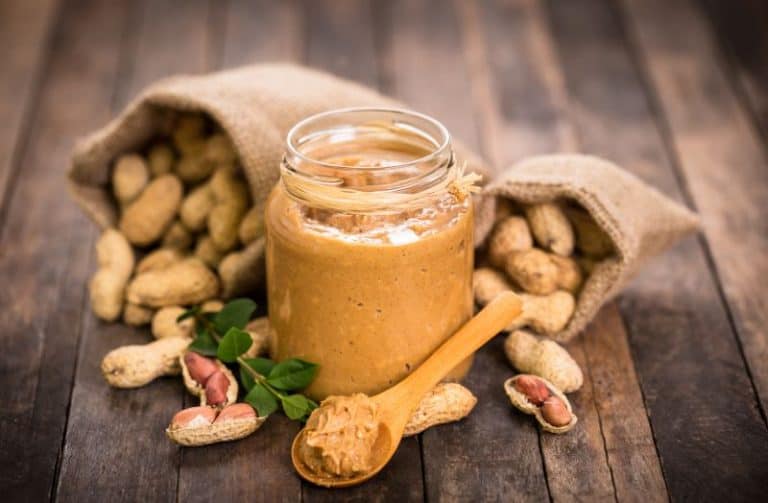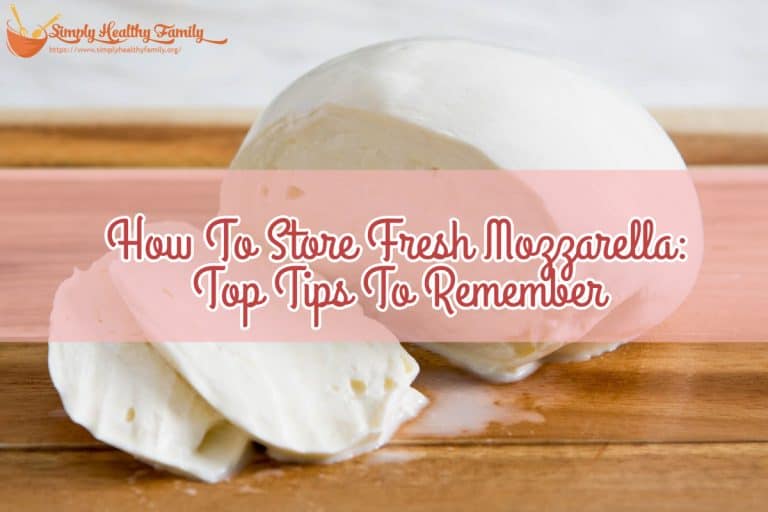How to Make a Substitute for Balsamic Vinegar
Balsamic vinegar imparts a special flavor in salad dressings, marinades, and sauces. But what to do if a recipe calls for balsamic vinegar and you are all out?
Or perhaps you have hesitated to purchase this type of vinegar because it tends to cost more than other, cheaper and more basic types? Don’t despair, we have put together alternatives for balsamic vinegar, plus some information on where it comes from and what gives it that special, rich, and tangy flavor.
You might want to read this article: Best Margarita Mix
So, Balsamic Vinegar, How You Doin’?
Balsamic vinegar is made from all the parts of the Trebbiano white grapes (this includes the whole pressed grapes, together with juice, skin, seeds, and stems). And yes, we sure noticed that Trebbiano sounds like the family name of our favorite Italian from “Friends”.
Balsamic vinegar is a prized Italian possession going back a thousand years. In fact, I come from an Italian family, and on Christmas my father would gift his sister with an expensive bottle of the stuff, which we then proceeded to pass from hand to hand around the Christmas tree, taking sips of Italian balsamic vinegar straight from the bottle.
And it was delicious!
Balsamic vinegar is prized (and pricey), due to the painstaking process needed to make it. Think of balsamic as a fine wine; you can buy the cheap stuff, and it does the job, but it won’t compare with an expensive bottle of a fine vintage.
A fine bottle of Italian balsamic can reach the astronomical figure of $400 a bottle! Thus the need for substitutes, for when you want to flavor of a fine balsamic, minus the price tag!
The more you understand the elements that make up an excellent balsamic vinegar, the better prepared you will be to tweak the ingredients in creating a substitute from household items. Balsamic vinegar has a wonderful, complex flavor comprised of tangy, sweet and fruity elements.
If all of these words remind you of wine descriptors, remember that experts will taste a fine balsamic with all the descrimination (and descriptive words) with which a connoisseur would approach a fine wine. Authentic balsamic vinegar is also aged in oak barrels, which adds to the taste celebration.
Aging mellows the flavor and makes it delicious straight from the bottle. The color is a rich brown of even purplish hue, and thick like syrup. That rich color can affect recipes as well, with beautiful results.
Buying on a Budget
There is a huge range in prices for balsamic vinegar, so don’t feel that you need to splurge on the most expensive bottle in the store. A bottle of Italian aged balsamic can cost as much as a fine bottle of wine, but there choose one in your price range.
Depending on the quality, you probably won’t want to drink cheaper varieties straight from the bottle, but that doesn’t mean that a reasonably priced bottle of balsamic won’t add a lot to your recipes. A good basic grade is the condimento variety.
That just means that the aging time is shorter than the finer varieties. Grape must (the combination of grape related products listed above) should be the only ingredient.
Check this Article: Cornstarch Replacement
Aging
Like wine and cheese, some foods are better with age. Even soy sauce has different grades and flavors that reflect the time and materials put into the aging process. In fact, soy sauce takes years to go bad, so it keeps aging even in your fridge.
In terms of balsamic, longer aging means deeper, purple-black color, thickness (like a rich syrup), and tangy, sweet, complex flavors.
Balsamic Vinegar Substitutes
Basic Recipe
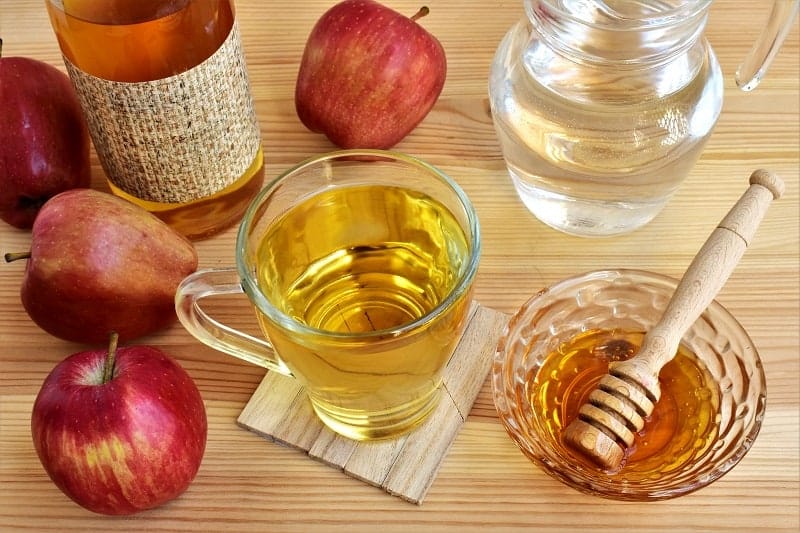
- 1 Tablespoon apple cider or red wine vinegar
- 1/2 tsp. brown sugar, granulated sugar or honey
Preparation
Mix the vinegar and sweetener, stirring till dissolved. The addition of brown sugar adds depth of color, and both apple cider vinegar, and red wine impart a fruity, tangy flavor that is reminiscent of a good balsamic’s complexity.
To use, substitute one tablespoon of your mixture for each tablespoon of balsamic vinegar.
Additional Recipes
1. Red Wine Vinegar and Sugar
Red wine vinegar (or alternatively, sherry wine vinegar) is considered the best substitute for balsamic vinegar. To replace 1 tablespoon of balsamic vinegar, take 1 tablespoon of red wine vinegar and add 1/2 teaspoon of white or brown sugar.
2. Lemon juice, molasses, soy sauce
This lovely combination just might become a featured item in salad dressings and marinades, once you try it. It has all the richness of taste, depth of color, and tangey je ne sais quoi of balsamic vinegar, but is easily compiled from ingredients you probably already have in your pantry.
Use the marinade as part of a sauce, for an Asian flavor without a ton of white sugar. Molasses has a rich and complex flavor, as well as more minerals and vitamins than it’s sinister cousin, white sugar.
In order to replace 2 tablespoons of balsamic vinegar in a recipe, you will need to mix 1 tablespoon of lemon juice, 1 tablespoon of molasses (or brown sugar in a pinch, just make sure the brown sugar hasn’t gone bad), and 1 tablespoon soy sauce.
3. White Vinegar and Sugar
Boil 5 parts vinegar with 1 part sugar until the sugar dissolves. You won’t get the deep, rich color of balsamic, but it will do as a substitute when needed.
Let it cool first before using with your roasted vegetable lasagna or just drizzle to your brunch meal.
4. Apple Cider vinegar and sugar
You can make a tasty substitute for balsamic vinegar by mixing 1 tablespoon of apple cider with 1/2 teaspoon of brown sugar. This essentially replaces 1 tablespoon of balsamic vinegar.
The combination of the molasses flavor in the brown sugar, plus the fresh tangy apple flavor of the vinegar goes a long way towards recreating that special balsamic flavor. Any other variety of fruit based vinegar can work as well, but apple cider vinegar is most likely to be on hand in your pantry in a pinch.
Dissolve the sugar completely into the vinegar, and you are ready to use this substitute on salad or in other recipes that call for balsamic.
5. Malt vinegar
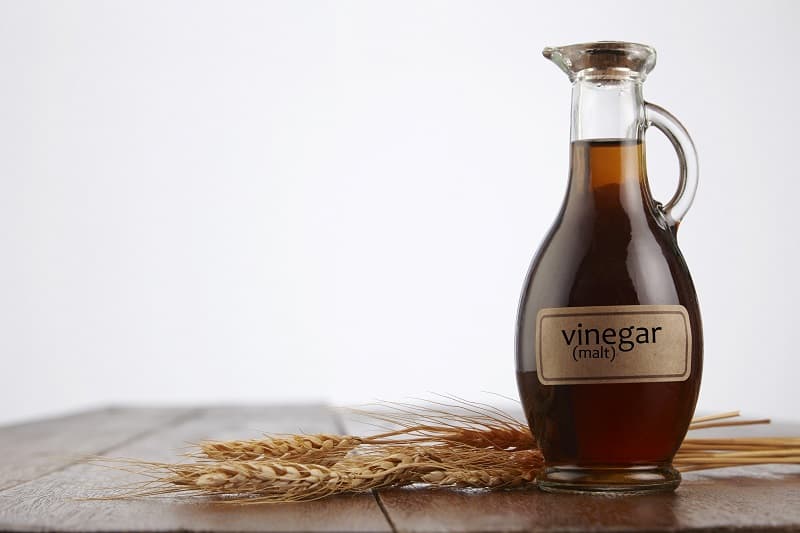
Malt vinegar has an intense taste, based on its deep, rich barley origins. Add some sugar to taste, and dissolve the sugar completely before using.
Related Content: Dijon Mustard Substitute, find out your alternatives!
Conclusion
Although my Italian grandmother might spin in her grave at the thought of these homemade balsamic vinegar substitutes, they will do in a pinch, and add good flavor and, in most cases, color to your dishes. So happy mixing!
You May Also Like: Substitution for Orange Juice in Cooking and Baking – A Guide

